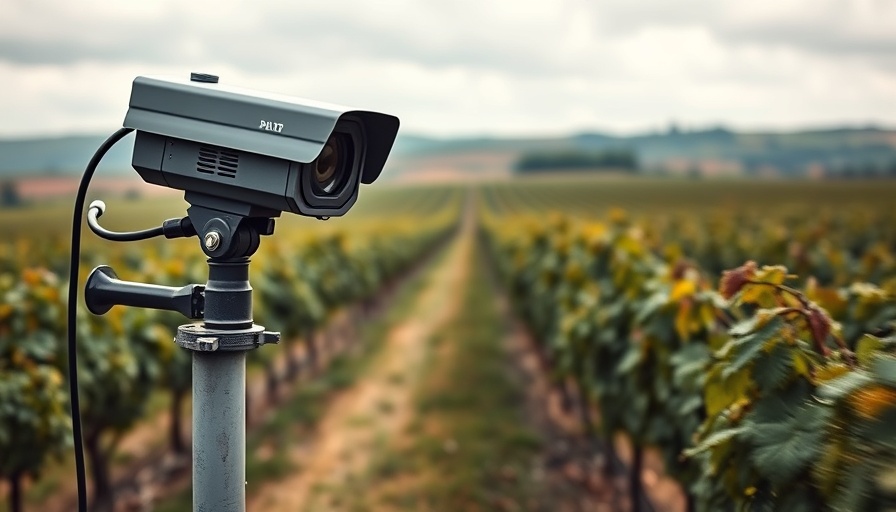
A Revolutionary Step Forward in Agriculture With AI
Orchard Robotics is on the vanguard of redefining agricultural practices through the integration of artificial intelligence (AI) and image analysis technology. Founded by Charlie Wu, an innovative entrepreneur with deep-rooted connections to apple farming, the company recently secured $22 million in Series A funding. This capital infusion is geared toward empowering farmers with a new set of tools aimed at tackling enduring agricultural challenges, ranging from crop yield inaccuracies to resource inefficiencies.
Dynamic Crop Management: A New Vision
One of the pressing issues in agriculture today is the traditional methods employed for assessing crop health and yields. Most farms in the United States, including sizeable operations, still rely heavily on manual sampling for critical decision-making. Wu notes, "If you don't know what you're growing in the field, you don’t know how much chemical to apply to it. You don’t know how many workers to hire." This lack of accurate information creates a ripple effect of inefficiencies, underscoring the necessity for advanced technological solutions. By leveraging an AI visibility engine, farmers can garner real-time insights that fundamentally alter their operational methodologies.
Innovative Technology at the Core
At the heart of Orchard Robotics’ approach is a state-of-the-art camera that captures ultra-high-resolution images of crops. As these images are processed through neural logic-powered AI algorithms, farmers receive actionable data regarding fruit size, color, and overall health. This rich data is housed within a cloud-based software system that facilitates simple yet deep operational insights, ranging from optimized fertilization to strategic harvest planning.
Addressing Economic and Environmental Challenges
The emergence of agritech firms like Orchard Robotics is a response to a critical set of economic and environmental concerns. With the global population continuing to soar, food demand amplifies pressure on agricultural resources. Traditional farming practices often lead to waste and detrimental environmental consequences. AI-driven analytics empower farmers to make informed decisions that not only enhance productivity but also promote sustainability through smarter resource management.
Automation: Opportunities and Ethical Considerations
As we contemplate the future of AI in agriculture, a significant conversation arises around automation. The growth of self-learning infrastructure and machine-led growth opens doors to opportunities previously unimagined. Critics may argue about potential job displacement, yet advocates suggest a nuanced perspective where AI complements human roles instead of supplanting them. This technology enables farmers to redirect their efforts towards strategic improvements, emphasizing productivity and sustainable practices.
Driving Change in Farming Practices
The trajectory of Orchard Robotics could catalyze a more significant transformation across the agricultural sector—a transition towards modernization driven by consumer demand for transparency and sustainable food sources. As data-driven insights gain traction among farmers, we can expect substantial shifts in farming structures and methods.
Debunking Myths in Agricultural Technology
In conjunction with its promise, misconceptions about technology in agriculture persist. Many still view these advances as simply replacing traditional methods. However, they fundamentally enhance existing practices and provide new paradigms for agricultural work. Understanding the nuances of AI integration, such as automated decisioning and deep work systems, allows business leaders and farmers alike to mobilize their operations with clarity and efficiency.
Conclusion: Embrace the Future of Agriculture
The innovations from Orchard Robotics symbolize a shift not just in how farming will be conducted but in the entire agricultural paradigm. As the agriculture sector embraces AI-driven solutions, stakeholders from diverse sectors should consider how these advancements can integrate into their strategies. Taking exemplary steps toward sustainability and efficiency agriculture can pave the way for future developments in agricultural technology.
Cultivate your understanding of these evolving systems and explore how your organization can leverage these innovative technologies in real-world applications—leading the charge towards a modern understanding of farming and food production.
 Add Row
Add Row  Add Element
Add Element 



Write A Comment